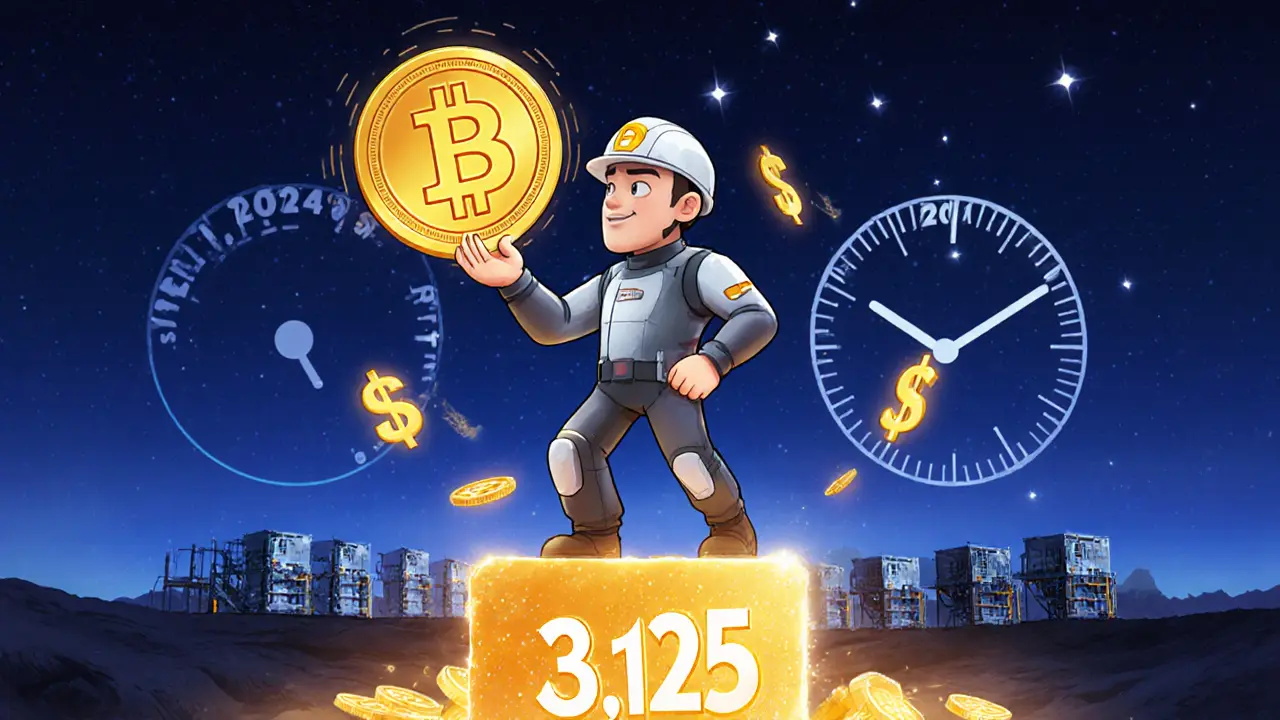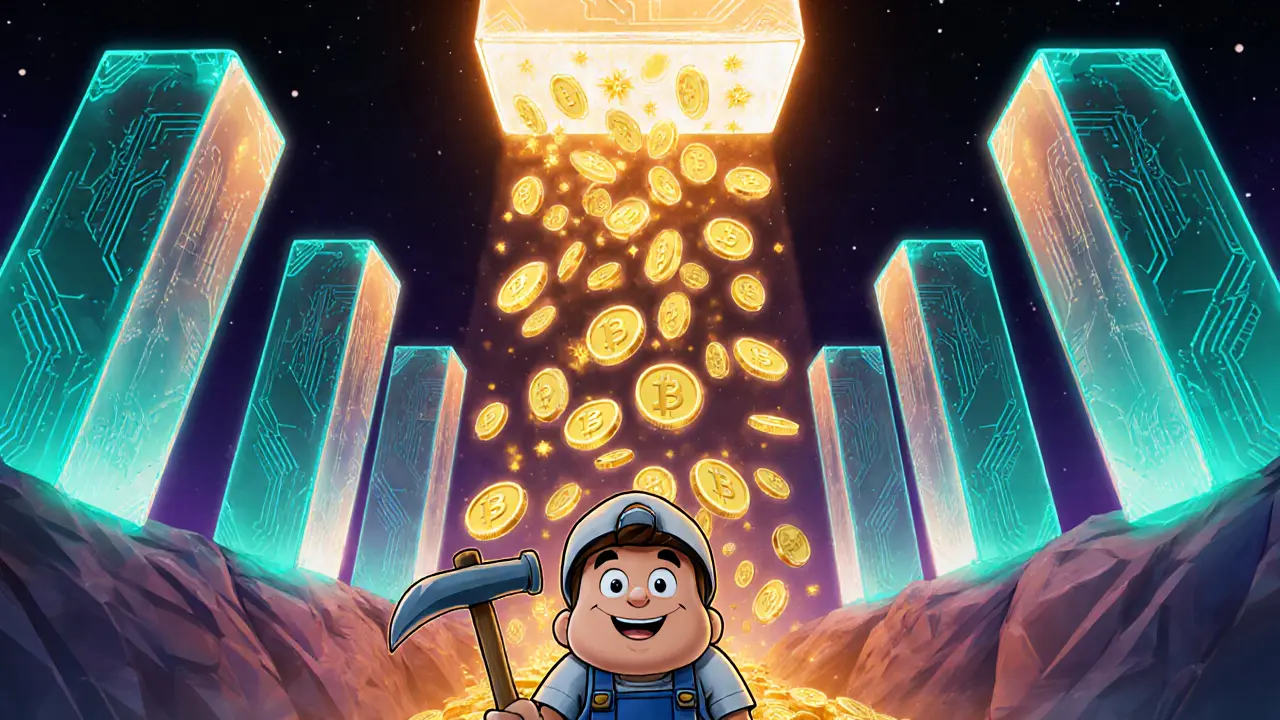Block Rewards: Understanding Mining Incentives Across Chains
When talking about Block Rewards, the newly minted coins granted to a miner or validator for adding a new block to a blockchain. Also known as block subsidy, it powers network security and keeps participants honest. block rewards encompass the core economic engine of most Proof of Work chains, and they directly reward Mining, the process of solving cryptographic puzzles to confirm transactions and create new blocks. Over time, Halving, a scheduled reduction of block reward size, typically by 50%, to control supply inflation trims the payout, making each coin scarcer and often more valuable. This trio – block rewards, mining, and halving – forms a feedback loop: miners secure the network, halving cuts the supply, and the reward adjusts market dynamics. Understanding this loop is the first step to grasping why some coins skyrocket after a halving while others stagnate.
Key Concepts Around Block Rewards
Every Cryptocurrency, a digital asset that uses cryptographic techniques to secure transactions and control creation of new units relies on its own tokenomics to balance incentives and inflation. Tokenomics defines how block rewards decay, how supply caps are set, and how miners or validators are compensated. For Bitcoin, the reward started at 50 BTC and will eventually fall to zero after 21 million coins are minted; Ethereum’s shift to Proof of Stake has turned block rewards into staking yields instead of mining payouts. These differences affect profitability, hardware choices, and long‑term investment strategy. A higher initial reward can attract more hash power, boosting security, while a rapid halving schedule can pressure miners to upgrade equipment or exit the network. The interplay between reward schedules and market demand also influences price volatility, making block reward analysis a must‑have tool for traders and developers alike.
Looking ahead, block rewards will keep evolving. Upcoming halving events on Bitcoin and Litecoin will test how quickly markets absorb lower payouts. New consensus models, such as hybrid Proof of Work/Proof of Stake chains, blend traditional mining rewards with staking incentives, blurring the line between miner and validator. As energy costs rise and regulatory scrutiny sharpens, miners are exploring greener hardware and location‑based strategies to keep profits viable. All these factors shape the future of block rewards, and staying aware of them can turn a complex field into actionable insight. Below you’ll find in‑depth guides, comparisons, and real‑world examples that break down reward schedules, profitability calculators, and the latest chain‑specific updates, giving you the context you need before you dive into the detailed articles.
What Are Block Rewards in Cryptocurrency? How Miners and Validators Get Paid
Block rewards are the payments miners and validators receive for securing blockchain networks. They include newly minted coins and transaction fees, and they're essential to keeping cryptocurrencies like Bitcoin and Ethereum running. Learn how they work, why they change, and what happens when they disappear.
How Block Rewards Shape Cryptocurrency Inflation
Learn how block rewards drive cryptocurrency inflation, why Bitcoin's halving matters, and what the future holds for miners and investors.

